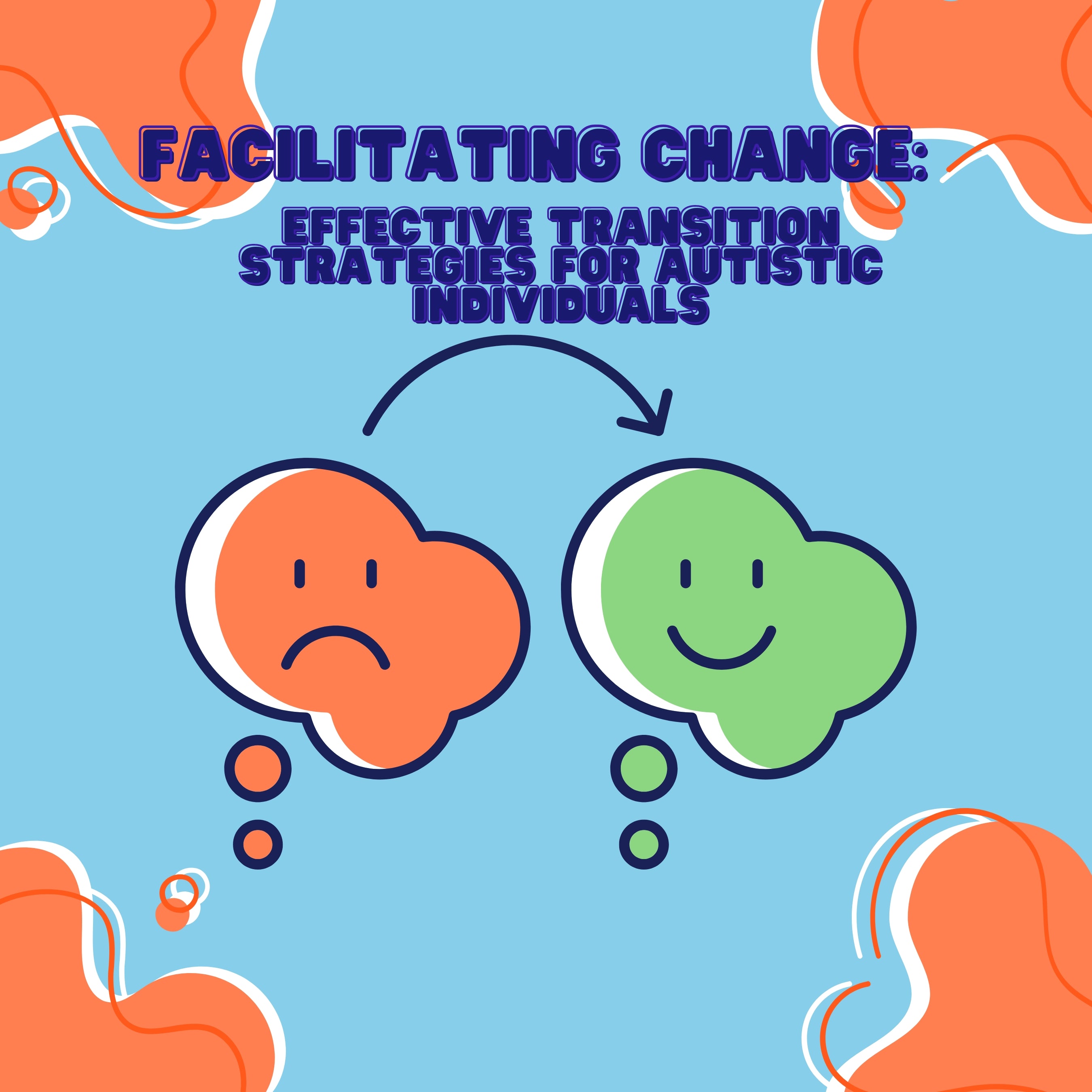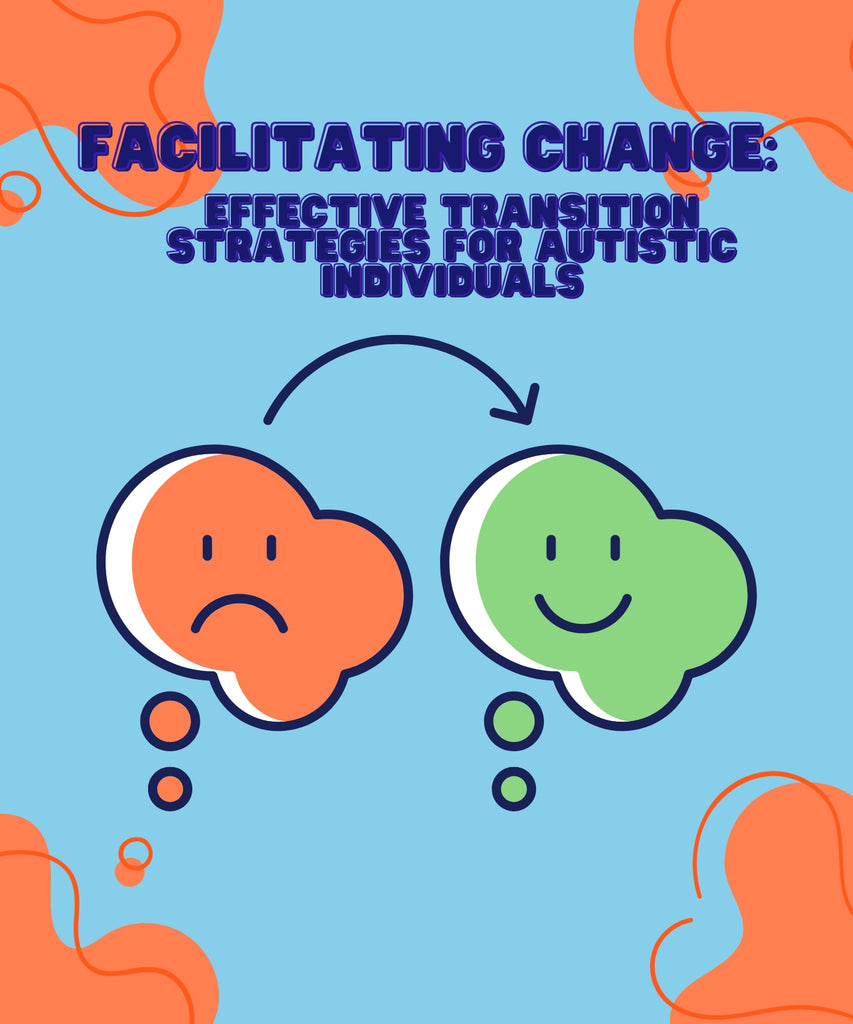Change is an integral part of life, but for many autistic individuals, navigating transitions between activities can be challenging. Let's dive in and explore some effective strategies to ease these transitions.
Understanding Transitions: A Unique Perspective
Transitions, which are the shifts between one activity or setting to another, can sometimes be challenging for autistic individuals. These could range from major life transitions like moving to a new home, to everyday switches like transitioning from playtime to mealtime. It's important to understand that these challenges stem not from inability, but rather from the way the neurodivergent mind enjoys predictability and routine. This makes it so that it may require more time or assistance to adapt to changes.
Transition Tools: Visual Timers, Countdowns, and Verbal Cues
One effective approach to aid transitions is using visual aids like timers or countdowns. These tools can help provide a visual representation of time, giving autistic individuals a clearer understanding of when a transition will occur. For example, a visual timer counting down the last five minutes of an activity can help prepare an autistic child for the upcoming switch to another task.
Verbal cues also play a crucial role. Providing a verbal countdown, like announcing "Five more minutes until lunch," can serve as a mental preparation tool. These cues offer time for autistic individuals to mentally adjust to the impending change.
Preemptive Communication: Keeping Surprises to a Minimum
Surprises and abrupt changes can be particularly overwhelming for autistic individuals. Therefore, keeping them informed about any changes in routines, well in advance, can help reduce anxiety and make transitions smoother. Explain the new routine or activity, discuss what it will entail, and answer any questions they may have. This ensures they're prepared for the change, making the transition less abrupt and more manageable.
The Importance of Consistency
Maintaining consistent routines where possible can provide a sense of security and predictability. When a routine must change, try to keep some elements constant. This consistency can provide comfort and make the transition easier to navigate.
Wrap Up: Appreciating Neurodivergent Transitions
Autistic individuals' approach to transitions offers us a glimpse into their unique way of perceiving the world. By providing the right tools and strategies, we can help ease their journey through life's constant changes. And remember, every transition successfully navigated is a testament to their resilience and adaptability.
Embracing neurodiversity means acknowledging these unique perspectives and adjusting our approaches accordingly. Let's continue creating an environment that not only accommodates but also celebrates these neurological differences. After all, it is through understanding and acceptance that we can foster truly inclusive communities.


